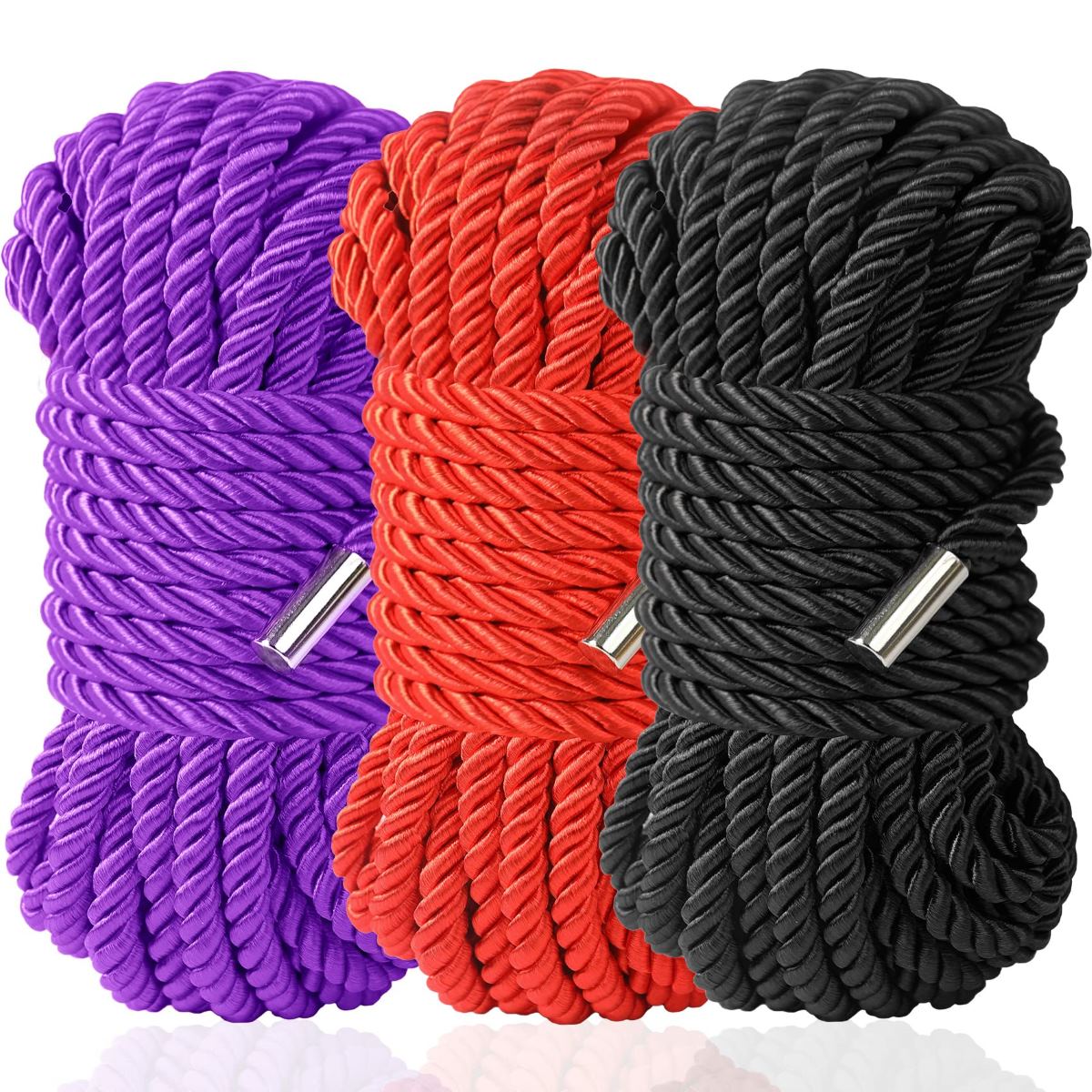

Articles
How To Store Shibari Rope
Modified: December 7, 2023
Learn the best way to store and maintain your Shibari rope with our helpful articles. Keep your ropes in perfect condition for your next session.
(Many of the links in this article redirect to a specific reviewed product. Your purchase of these products through affiliate links helps to generate commission for Storables.com, at no extra cost. Learn more)
Introduction
Shibari, the ancient Japanese art of rope bondage, has gained popularity in recent years as a form of artistic and intimate expression. Whether you’re a seasoned practitioner or just starting out, proper rope storage is essential to ensure that your Shibari ropes remain in excellent condition and ready for use whenever you need them.
In this article, we will guide you through the process of storing your Shibari rope to maintain its quality and longevity. We will cover everything from choosing the right rope to preparing it for storage and providing practical tips for maintaining its overall condition.
By following these guidelines, you can ensure that your Shibari ropes stay clean, untangled, and in optimal condition for future play sessions or artistic endeavors.
Key Takeaways:
- Proper storage and maintenance are crucial for preserving Shibari rope quality. Choose the right rope, prepare it for storage, and implement effective storage practices to ensure cleanliness, longevity, and readiness for use.
- Regular maintenance, including inspection, cleaning, and proper storage, is essential for maintaining Shibari rope quality. Incorporate these practices to prolong the lifespan and ensure safety and enjoyment during rope play sessions.
Read more: How To Store A Rope
Choosing the Right Rope
When it comes to Shibari rope, selecting the right type of rope is crucial. The quality of the rope can greatly impact the overall experience and safety during your rope play. Here are some factors to consider when choosing the right rope:
- Material: Shibari ropes are typically made from natural fibers like jute, hemp, or cotton. Each material has its own unique properties, so it’s important to choose one that suits your preferences. Jute is known for its strength and grip, hemp is durable and great for suspension, while cotton is soft and more comfortable against the skin.
- Diameter: The diameter of the rope determines its thickness. Thicker ropes provide more structure and stability, while thinner ropes offer more flexibility. Consider the type of ties and knots you’ll be using to determine the ideal diameter for your rope.
- Length: The length of the rope depends on the kind of ties and patterns you plan to create. Longer ropes allow for more versatile and complex ties, while shorter ropes are better suited for specific purposes or ties with limited movements.
- Construction: Pay attention to the construction of the rope. Look for ropes that have been tightly twisted to prevent unraveling and fraying. Opt for ropes with a smooth surface to minimize rope burn and ensure a comfortable experience.
Take the time to research different rope options and consider attending workshops or consulting experienced Shibari practitioners to gain insights and recommendations on the best type of rope for your needs.
Preparing the Rope for Storage
Before storing your Shibari rope, it’s important to properly prepare it to maintain its condition. Follow these steps to ensure your rope is clean and ready for storage:
- Inspect the Rope: Before cleaning the rope, inspect it for any knots or tangles. Untie any knots and straighten out the rope to ensure it’s in its natural state.
- Clean the Rope: Depending on the material of your Shibari rope, you can clean it in different ways. For jute and natural fiber ropes, you can hand wash them with mild soap and lukewarm water. Gently massage the soap into the rope, rinsing thoroughly, and then squeeze out any excess water. Hang the rope to dry in a well-ventilated area, avoiding direct sunlight. For synthetic ropes, follow the manufacturer’s instructions for cleaning.
- Condition the Rope: After cleaning, you may want to condition your rope to keep it soft and supple. You can use natural oils, such as jojoba or coconut oil, to moisturize the fibers. Apply a small amount of oil to your hands and run the rope through your hands, evenly coating the fibers. Be careful not to oversaturate the rope as it may become slippery.
- Untangle and Coil the Rope: Once the rope is clean and conditioned, untangle any knots or twists, ensuring that the rope is straightened out completely. Then, coil the rope neatly to prevent tangling during storage. Start by holding the end of the rope and make large loops, bringing the rope closer to the hand as you go. Repeat this process until the entire length of the rope is coiled.
By properly preparing your Shibari rope for storage, you’ll ensure that it remains clean, untangled, and in excellent condition for your next play session or artistic endeavor.
Store Shibari rope in a cool, dry place away from direct sunlight to prevent it from degrading. Coil the rope neatly to avoid kinks and tangles.
Storing the Shibari Rope
Proper storage is essential to keep your Shibari rope in optimal condition and ready for future use. Follow these guidelines for effective rope storage:
- Choose a Suitable Storage Space: Find a cool, dry, and well-ventilated area to store your Shibari rope. Avoid areas with direct sunlight or high humidity, as they can cause damage to the fibers.
- Avoid Knots and Pressure Points: Knots or pressure points can weaken the rope over time. Avoid storing your Shibari rope with knots or tightly coiled sections, as this can lead to permanent deformities. Instead, opt for loose coils or loops.
- Use Rope Bags or Drawstring Pouches: To protect your rope from dust, dirt, and potential damage, consider investing in a rope bag or drawstring pouch. These containers help keep the rope organized and prevent tangling.
- Separate Different Rope Types: If you have multiple types of Shibari rope, it’s recommended to store them separately. This helps prevent any potential cross-contamination and allows for easier identification and access when you need a specific rope.
- Label and Track Your Rope: To keep track of your Shibari rope collection, consider labeling each rope or using a rope log to note the type, length, and any distinguishing features. This can save you time and effort when selecting the right rope for your next session.
- Periodically Check Your Rope: Regularly inspect your stored Shibari rope for any signs of wear or damage. Check for frayed ends, weakened sections, or any other issues that may affect the safety or usability of the rope. Replace any damaged or compromised ropes as needed.
By implementing these storage practices, you can protect your Shibari rope from damage and ensure that it remains in excellent condition for countless future sessions and artistic endeavors.
Maintaining the Rope’s Quality
To prolong the lifespan and maintain the quality of your Shibari rope, it’s important to incorporate regular maintenance into your routine. Here are some tips to help you keep your rope in optimal condition:
- Inspect Before Each Use: Prior to each session, carefully examine your rope for any signs of wear, fraying, or damage. Pay attention to the ends and areas that undergo the most stress during ties. If you notice any issues, replace the rope or mend it if possible.
- Clean as Needed: Depending on the frequency of use, you may need to clean your Shibari rope periodically. If the rope becomes soiled or begins to smell, follow the cleaning instructions mentioned earlier to maintain its cleanliness and hygiene.
- Untangle and Straighten: After each use, untangle any knots and straighten out the rope. This will help prevent permanent deformations and make future tying sessions easier and more enjoyable.
- Rotate Your Rope: To promote even wear and prevent certain sections of the rope from becoming worn out faster than others, rotate the rope regularly. This ensures that the rope maintains its structural integrity and longevity.
- Store it Properly: After each use, follow the storage guidelines mentioned earlier in this article. Proper storage helps prevent tangling, keeps the rope clean, and maintains its overall quality.
- Avoid Excessive Moisture: Moisture can cause mildew and weaken the fibers of your Shibari rope. Avoid storing or using the rope in damp or humid environments. If the rope does get wet, allow it to dry completely before storing it.
- Avoid Excessive Sunlight: Prolonged exposure to direct sunlight can weaken the fibers and cause fading. Store your rope in a location away from sunlight to preserve its color and structural integrity.
By incorporating these maintenance practices into your routine, you can ensure that your Shibari rope remains in excellent condition, providing both safety and enjoyment during your rope play sessions.
Read more: How To Store Climbing Rope
Conclusion
Proper storage and maintenance are key to preserving the quality and longevity of your Shibari rope. By choosing the right rope, preparing it for storage, and implementing effective storage practices, you can ensure that your rope remains clean, untangled, and ready for use whenever inspiration strikes. Regularly inspecting, cleaning, and maintaining your rope will help extend its lifespan and ensure its safety during your rope play sessions.
Remember, the art of Shibari is not only about the ties and knots, but also about the care and respect we give to the tools and materials we use. Treat your Shibari rope with care, and it will serve you well for years to come.
Whether you are a Shibari enthusiast, rope artist, or curious beginner, following these guidelines will help you maintain the quality of your Shibari rope collection and ensure that it remains in excellent condition. With proper storage and maintenance, you can continue to explore and enjoy the art of Shibari with confidence, both in terms of safety and artistic expression.
Now, it’s time to gather your Shibari ropes, prepare them for storage, and create an organized and well-maintained collection that will bring you endless inspiration and enjoyment in your Shibari journey.
Frequently Asked Questions about How To Store Shibari Rope
Was this page helpful?
At Storables.com, we guarantee accurate and reliable information. Our content, validated by Expert Board Contributors, is crafted following stringent Editorial Policies. We're committed to providing you with well-researched, expert-backed insights for all your informational needs.
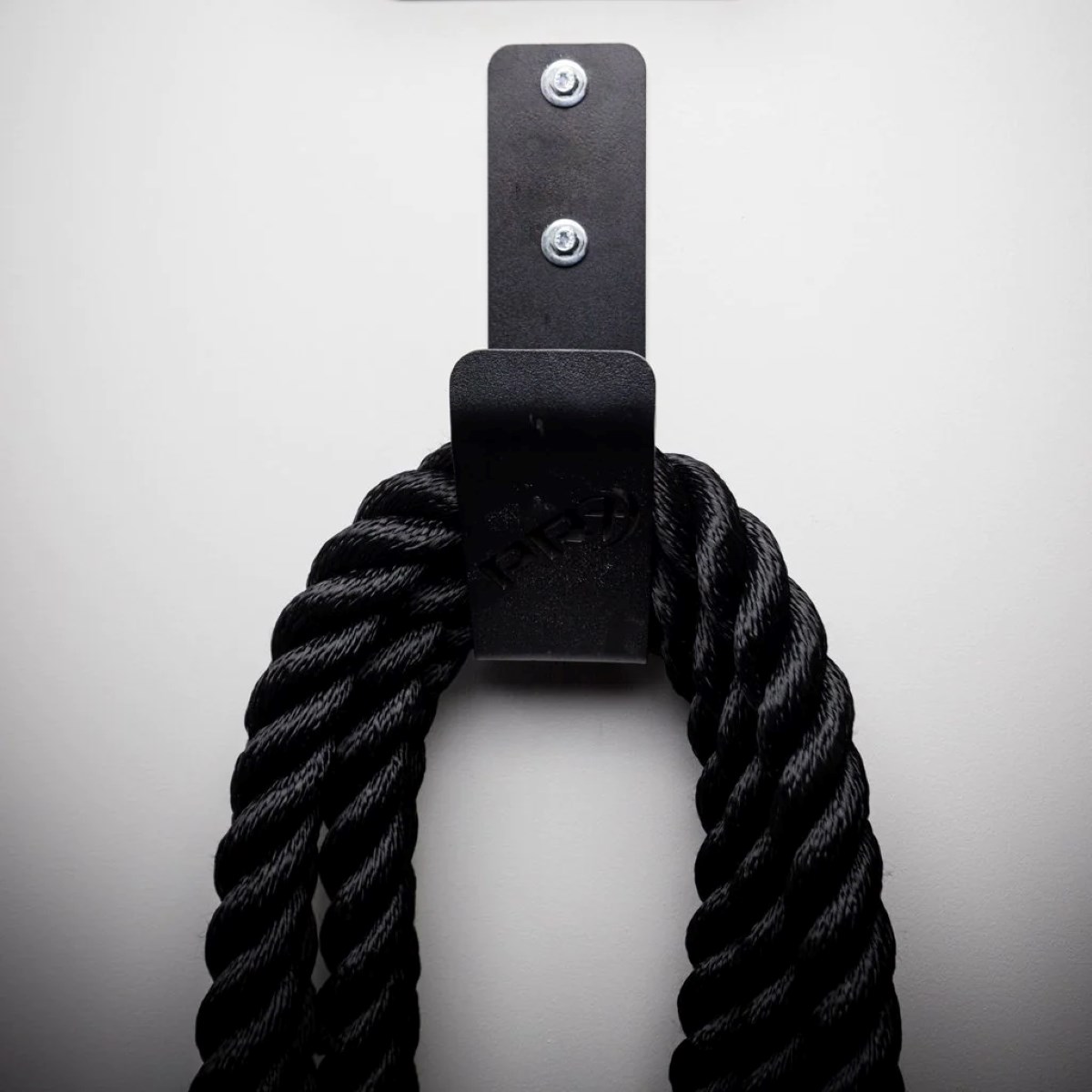
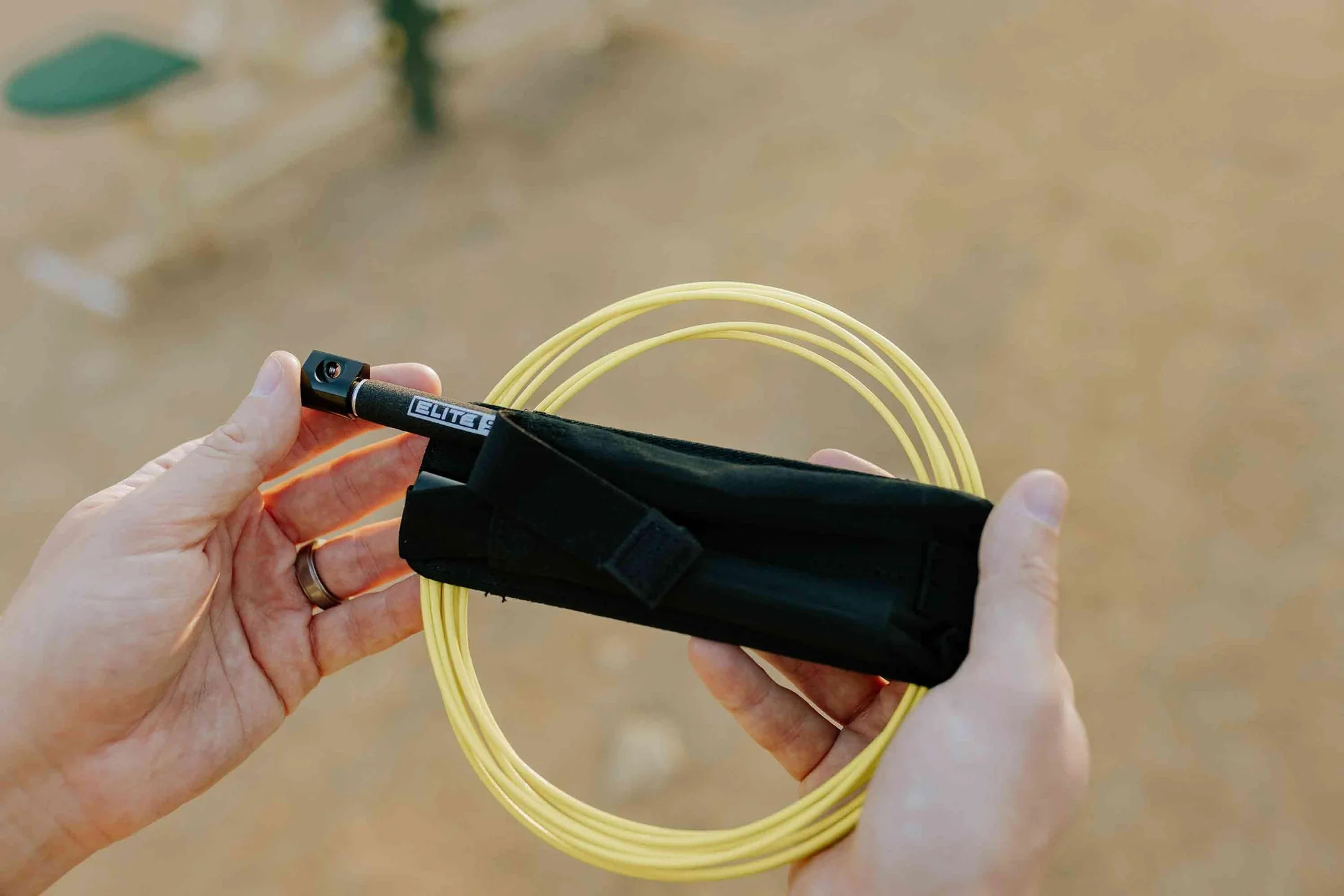
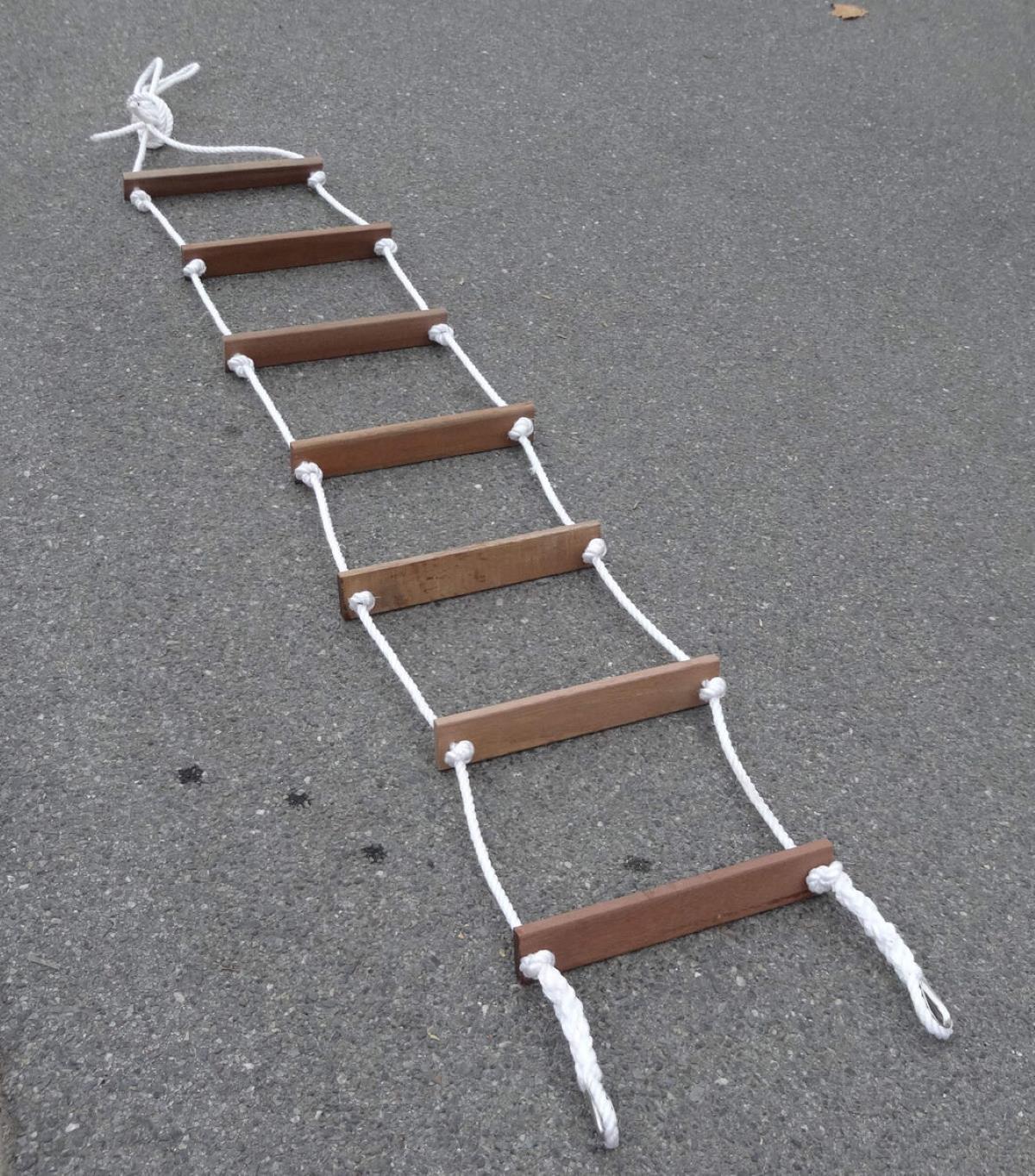

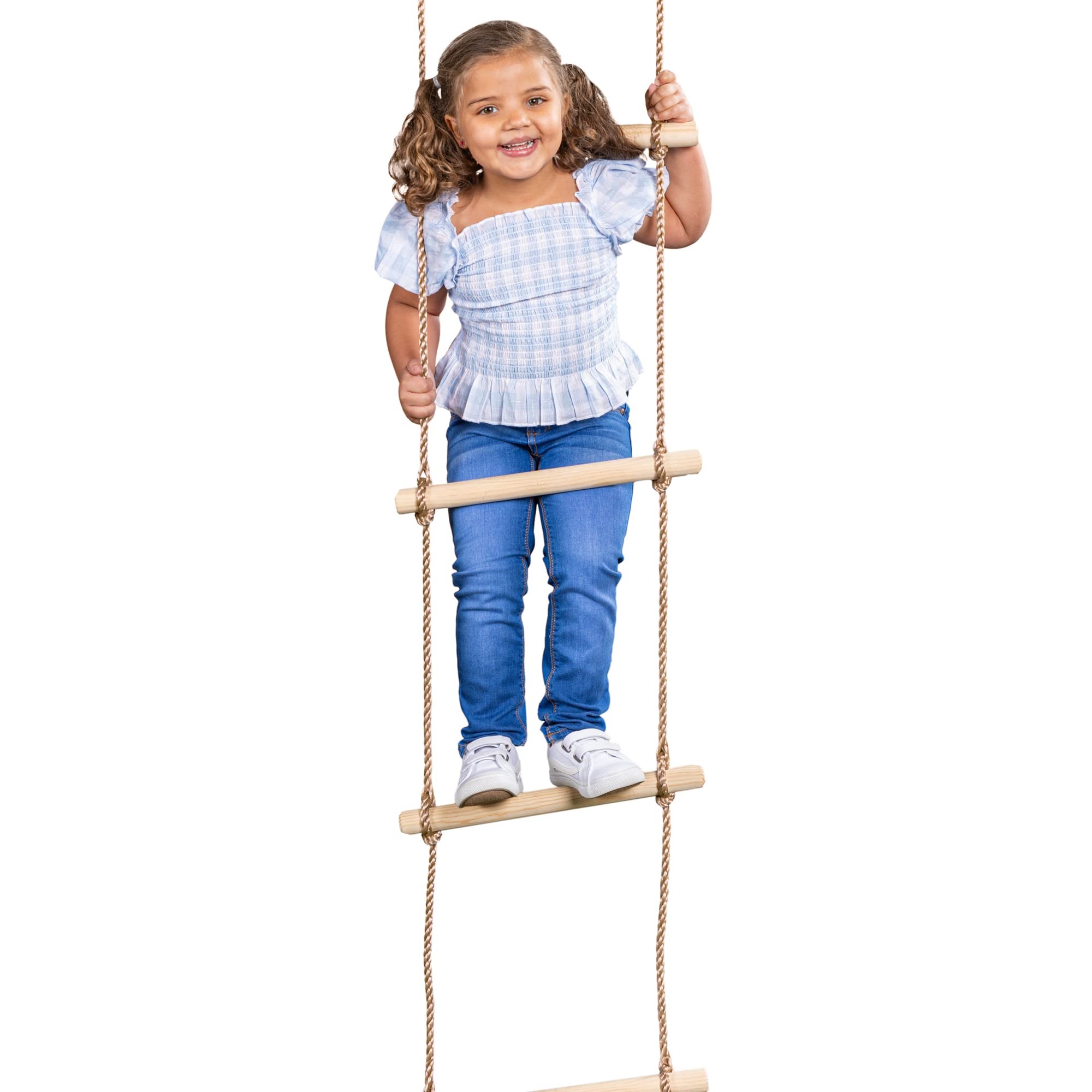
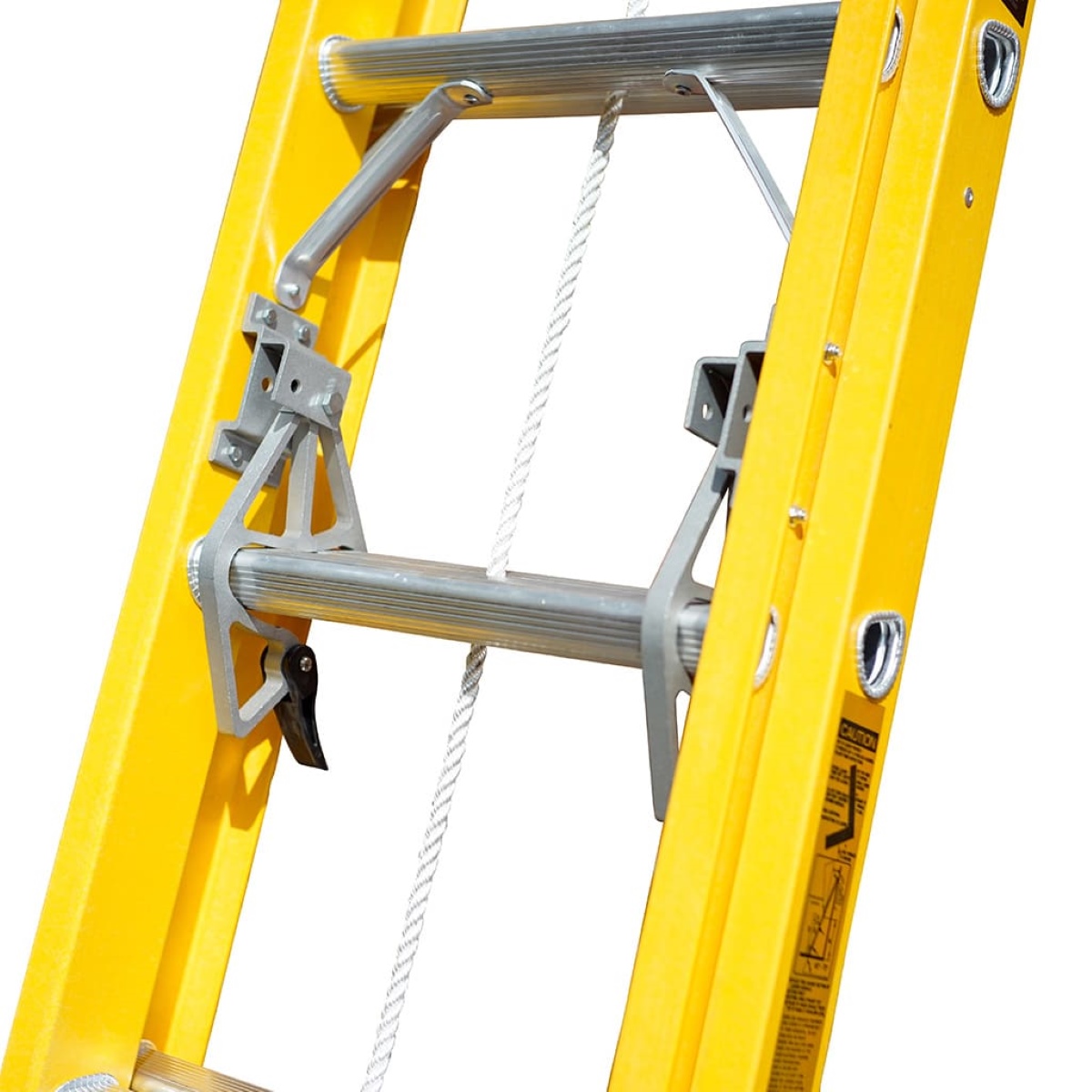

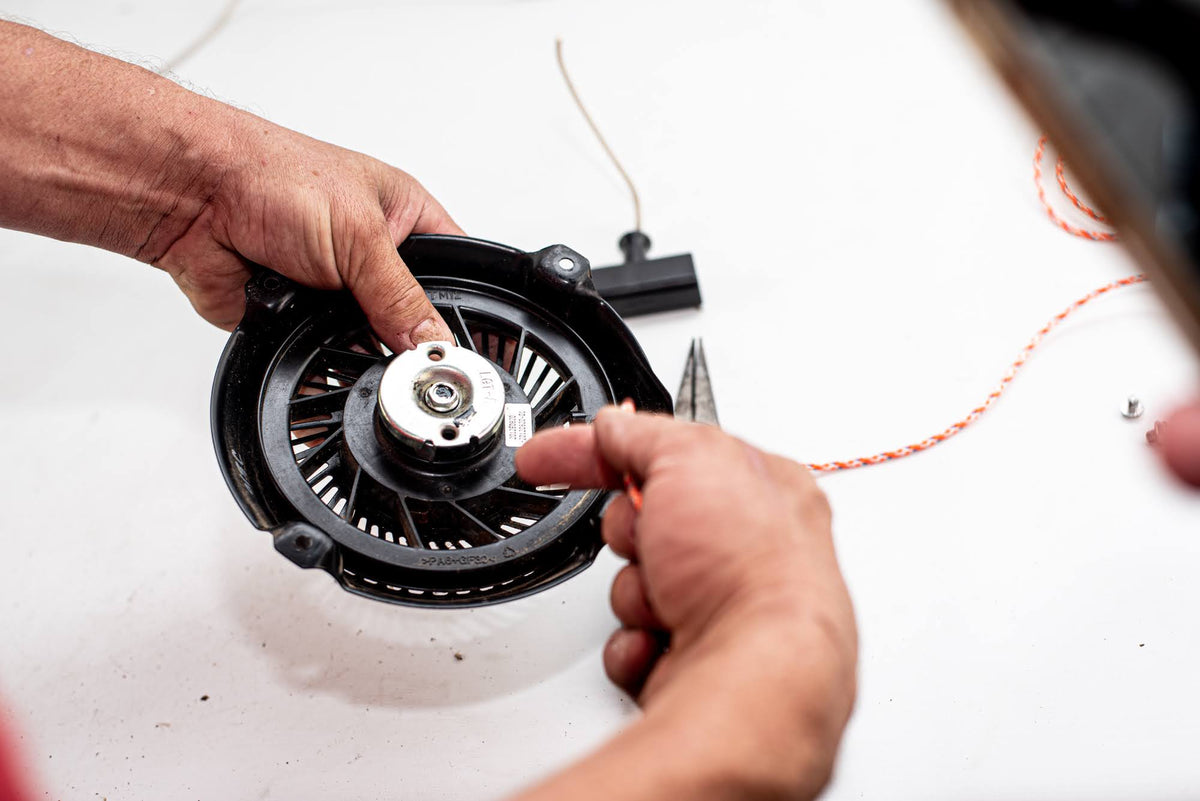
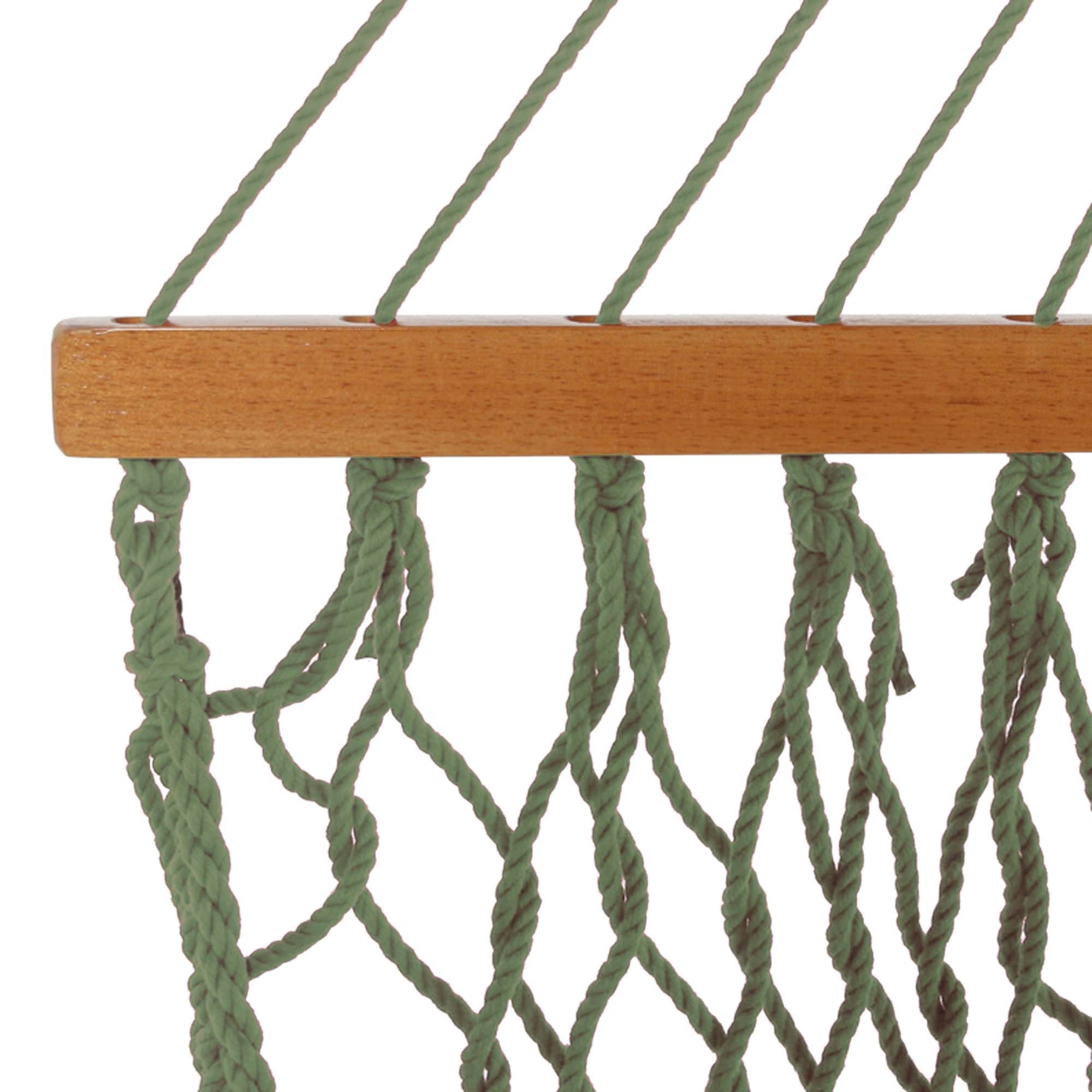
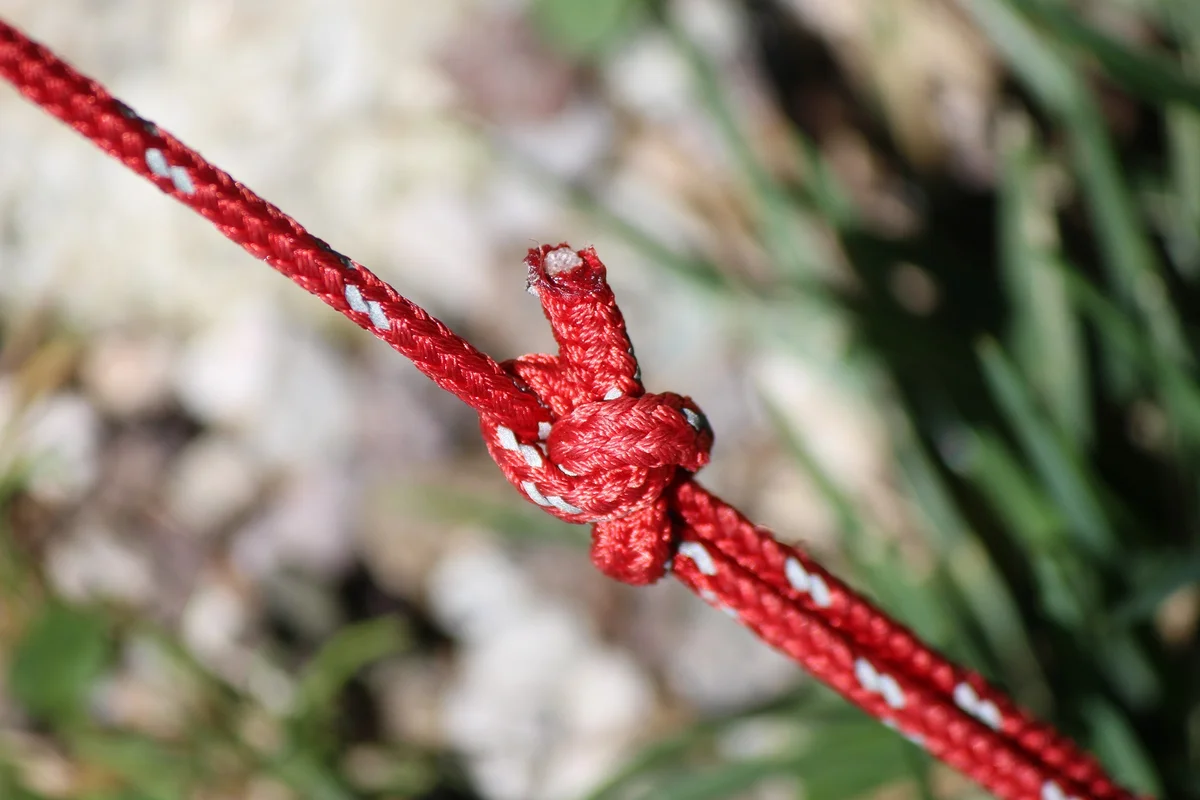

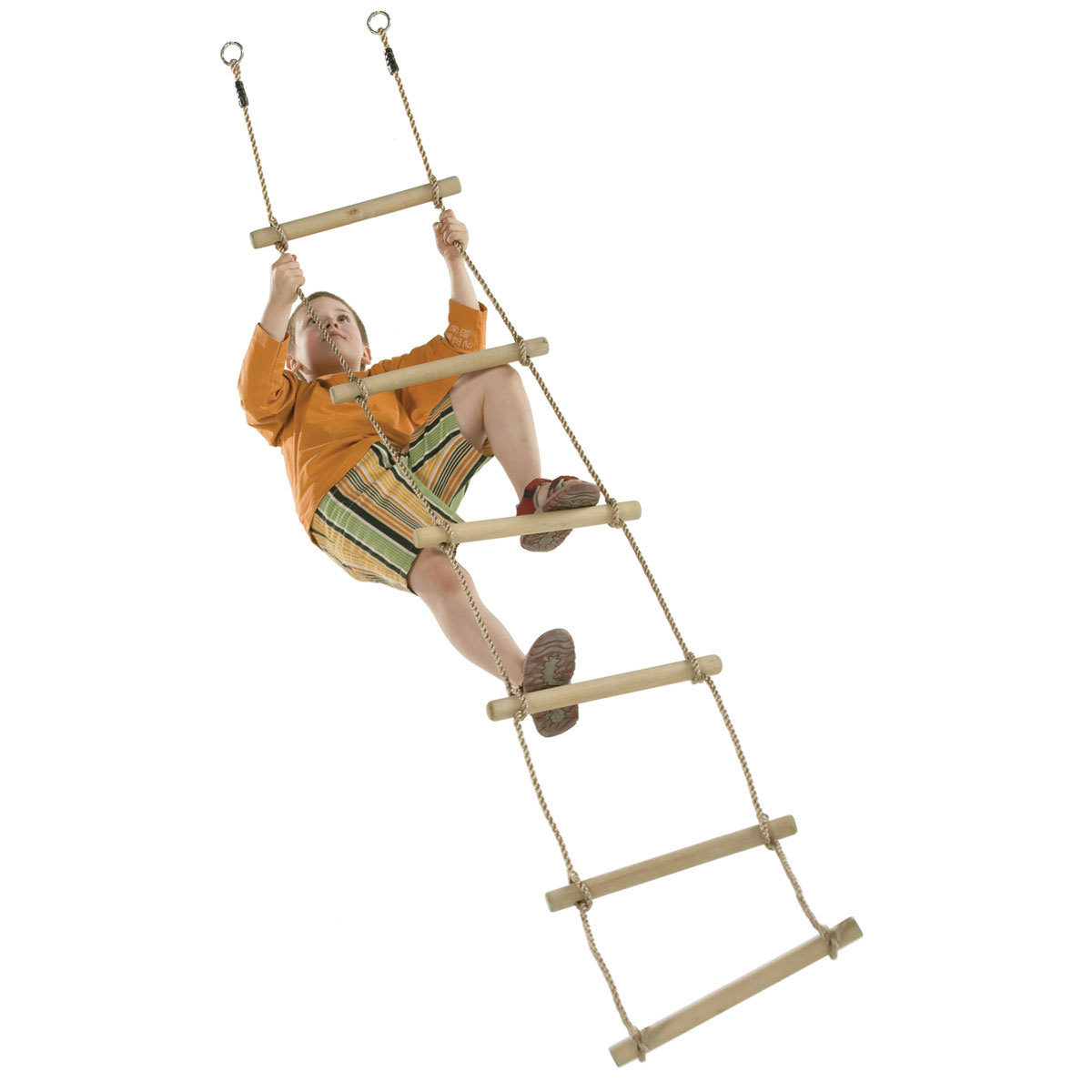
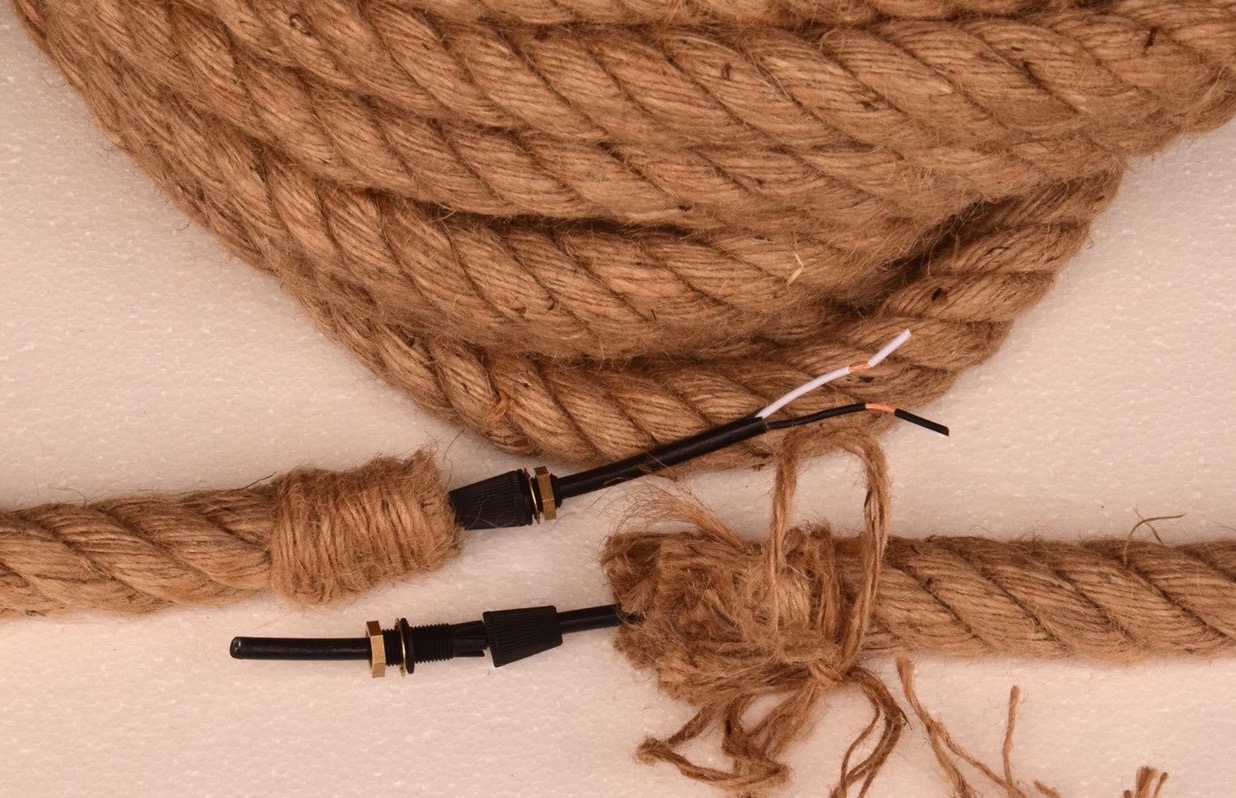
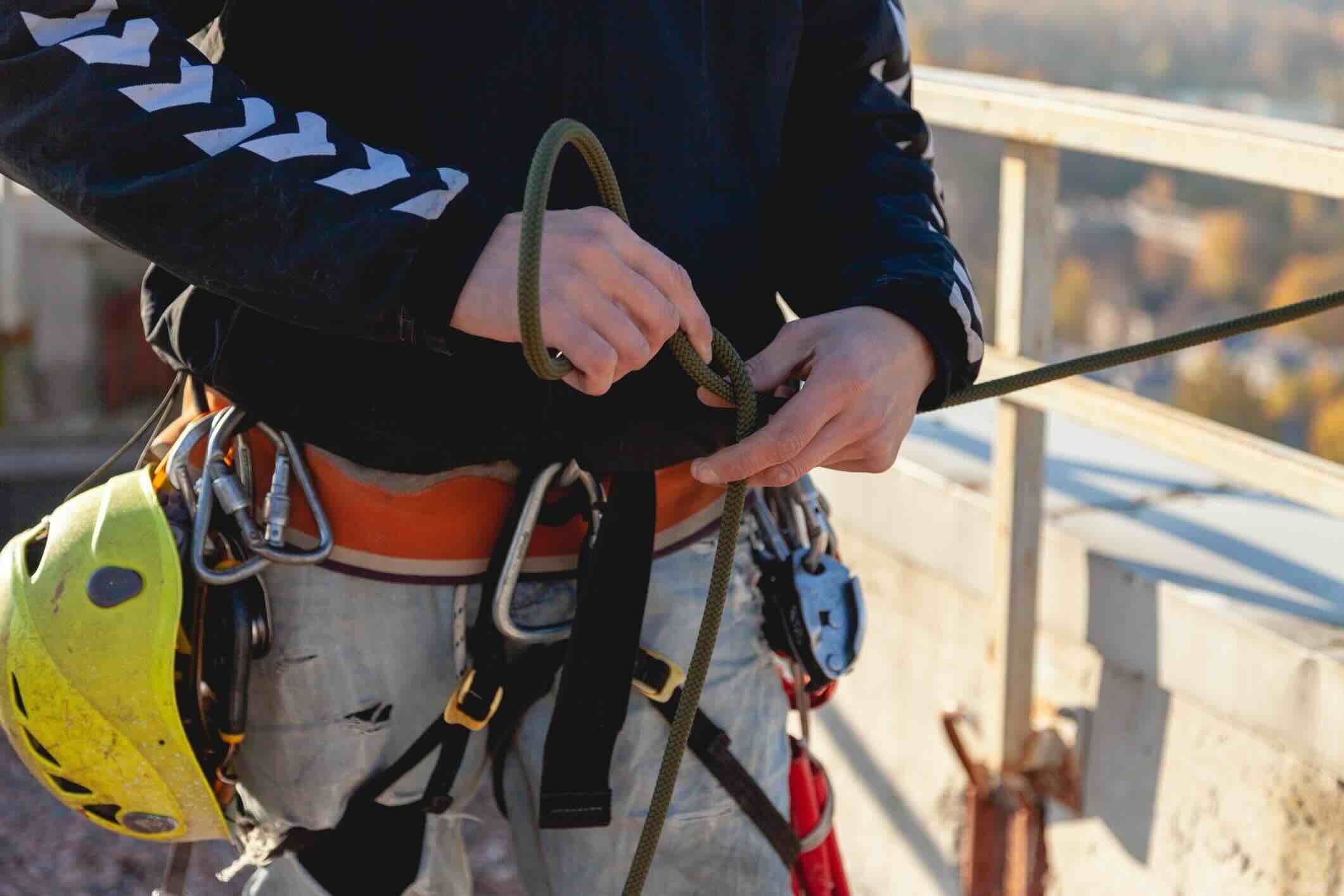

0 thoughts on “How To Store Shibari Rope”